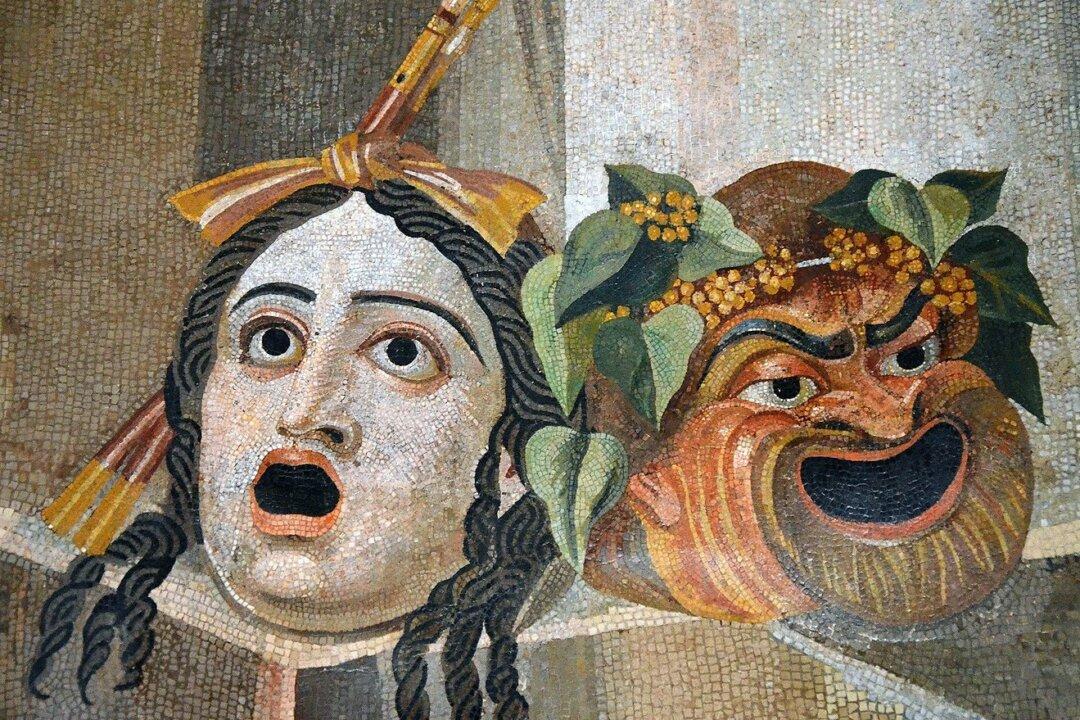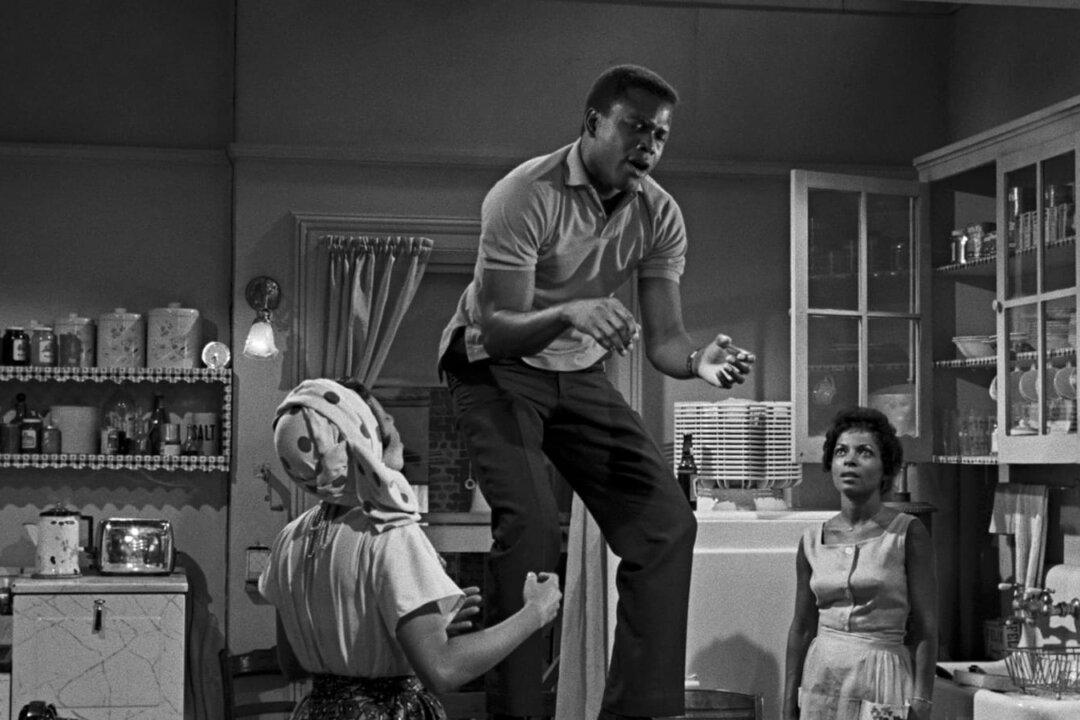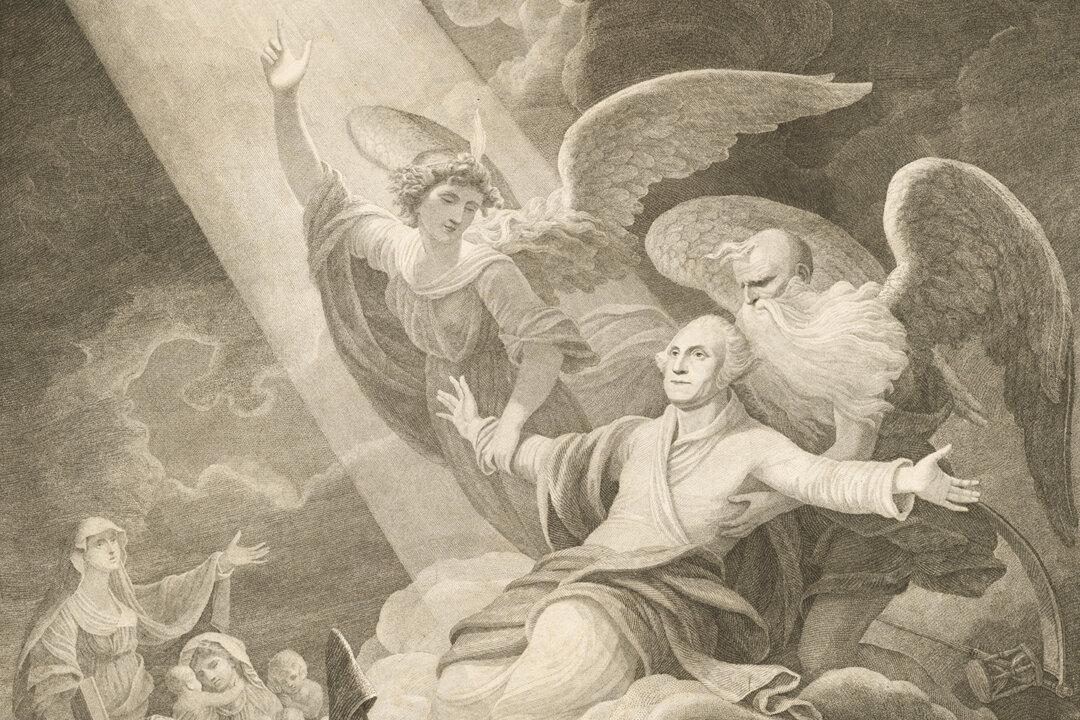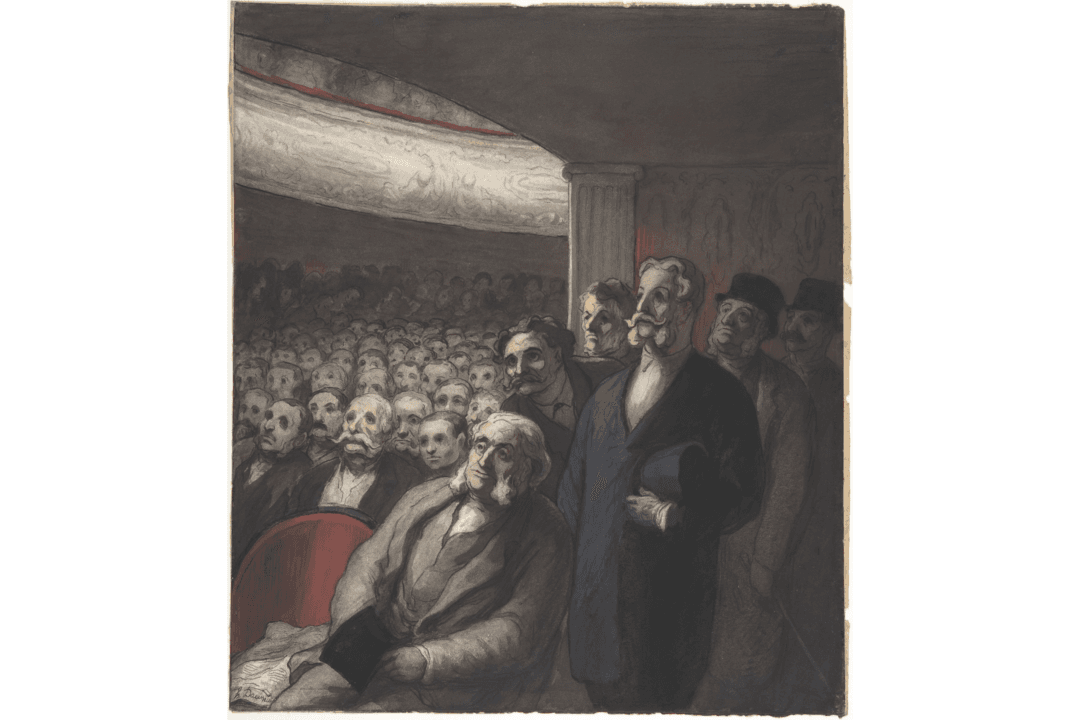Playwrights create worlds; this we all know. By “world,” I mean the conditions of time, space, and viewpoint depicted in the play that we must accept, if only temporarily, if we are to understand the characters who inhabit that world and the playwright’s point of view.
Most plays present either a world that needs to be overhauled or one that needs to be preserved (or variations thereof). What we tend to see today, not only onstage but in film and television, is the presentation of the former—a world that demands the complacent reexamine their long-held traditional beliefs in favor of a new, enlightened utopia.






